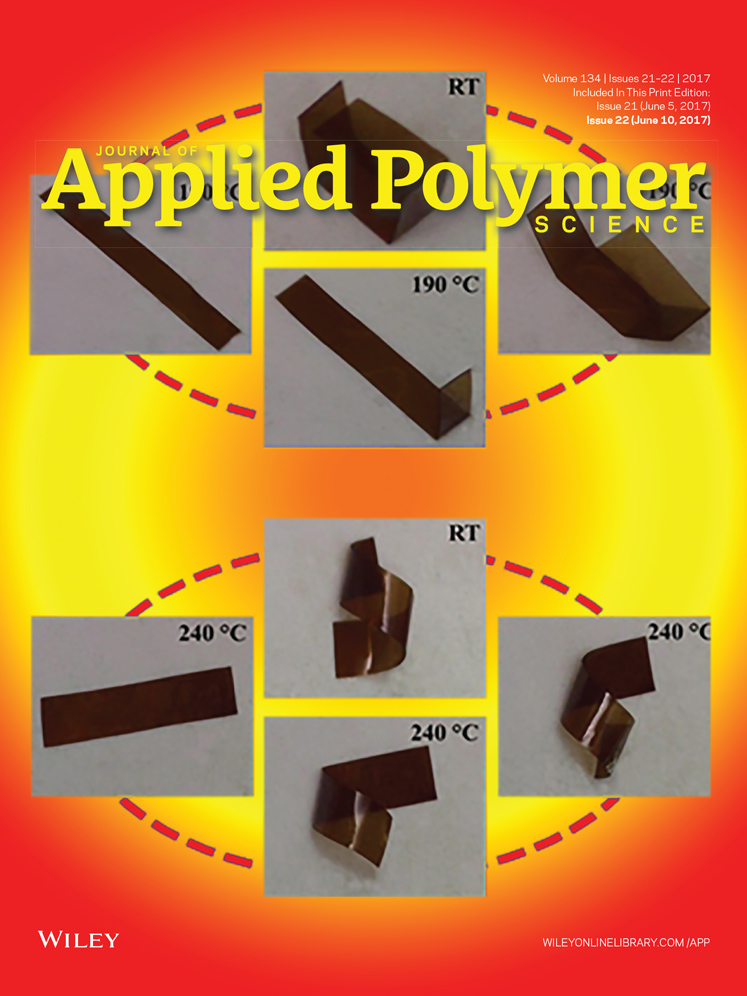Fabrication and structural regulation of PLLA porous microspheres via phase inversion emulsion and thermally induced phase separation techniques
ABSTRACT
In this work, a facile, scalable technique was developed to produce biodegradable porous microspheres by combining an oil-in-oil (O/O) surfactant-free phase inversion emulsion technique with thermally induced phase separation (TIPS) method. The effects of PLLA concentration, stirring speed, macromolecule weight, and organic solvents on the size and microstructure of microspheres were investigated by scanning electron microscopy (SEM). The results revealed a highly porous structured microsphere with controllable sizes and morphologies by tuning the synthesis conditions. The typical resulting PLLA microspheres consist of nanoscale topographic structured surface and highly microporous interior. The coarse nanotopography and microcellular inner structure lead to a high drug loading capacity up to 60% for the PLLA microspheres from THF. The cumulative release percentage of the ibuprofen could reach 80% for drug-loaded microspheres with different microstructures. The fabricated PLLA microspheres would have potential applications in the field of drug delivery and tissue engineering. © 2017 Wiley Periodicals, Inc. J. Appl. Polym. Sci. 2017, 134, 44885.




